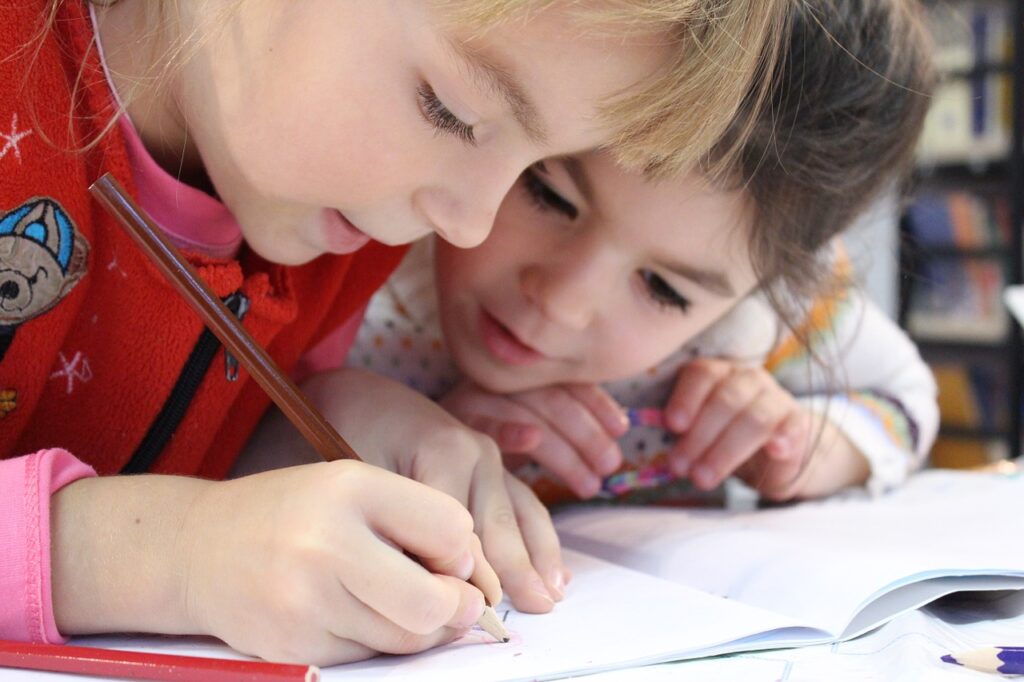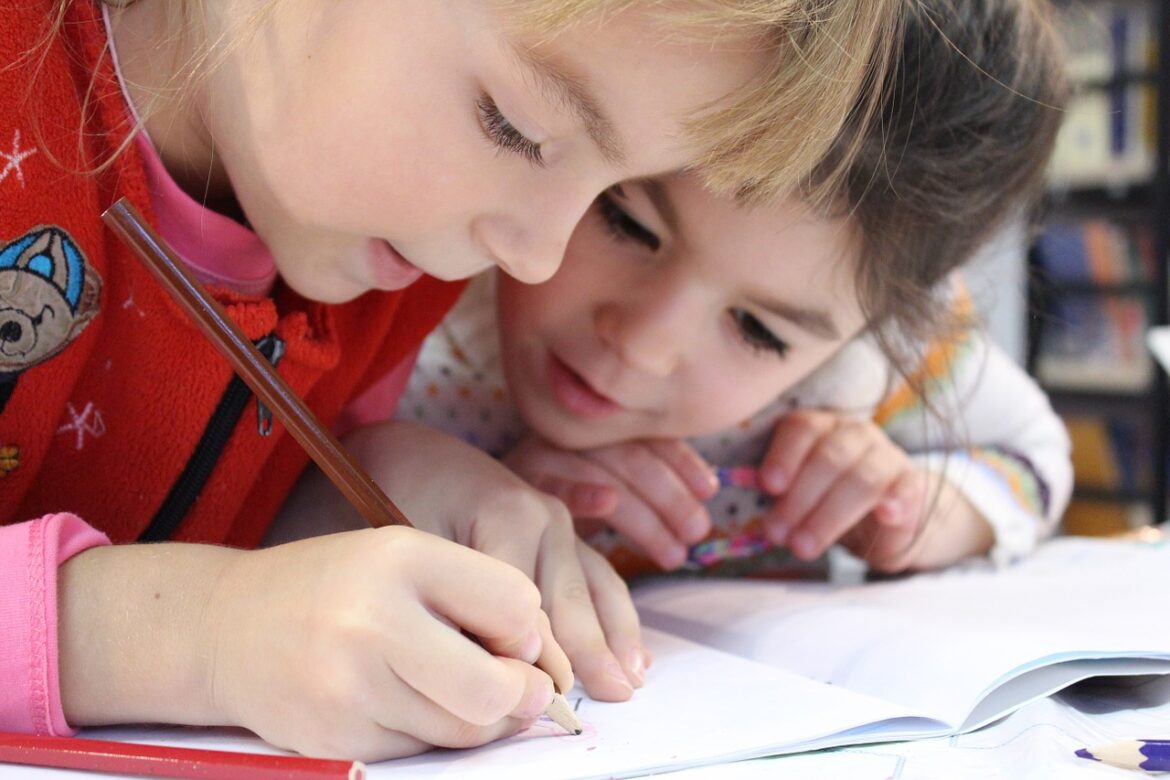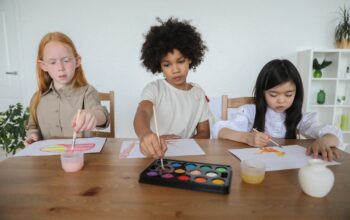Simple Landscape Kids Drawing

Kids Drawing is a way of making a picture on paper. In Other words, one can say it’s a way of expressing thoughts. It’s amazing how a human can transform his ideas on a piece of paper using a pencil. We have seen the drawing evolve through the decades. The history of drawing and arts is centuries old.
The world is a glorious piece of craftsmanship. Any place we look, we can see Mother Nature’s presentation. The staggering extraordinary outside and the magnificence of the world’s different scenes attract simple plans to the artisans.
Then again, it isn’t generally as simple to draw scenes. There are a few details engaged with drawing delightful scenes. We have shared advisers for attracting locations in simple point-by-point steps. Make a solitary stride at a time, and you will arrive at the degree of dominance in a brief period.
Sorts of Landscape Drawings
There are two fundamental sorts of scene drawings:
Theoretical Landscape Drawings
- In unique drawings, just the craftsman can decipher the idea of a magnum opus. In any case, the watcher can pass judgment and pass the remark on it. On unique craftsmanship, everybody has their understanding.
You can’t learn dynamics as it is the translation of one’s inventiveness. Be that as it may, you can gain proficiency with fundamentals to start the profession on unique drawings. - “Dynamic drawing craftsmanship is work that doesn’t look to convey a precise portrayal of a visual reality but rather accomplishes its impact by the utilization of shapes, varieties, structures, and gestural markings.”
Non-Abstract Landscape Drawing
- Each novice should start with simple scene drawings. One can’t straightforwardly leap to the theoretical drawing thoughts for the compatibility of imaginative work, mainly when you are drawing a scene. Simple Landscape Drawings are outwardly exact, and one won’t have to zero in on the drawings.
- “Non-Abstract Landscape drawings are those that are straightforward and simple to follow. The craftsman utilizes basic shapes and attracts everything clearness.”
Scenes to Draw Easy for Kids | Step by Step
Essentials:
- Paper
- Dark Pointer
- Variety Pencil Set
Stage 1: Draw the House
- Start with drawing a parallelogram.
- Expand two lines on the upper right corner of the parallelogram.
- Define equal vertical boundaries to make a house shape.
- Get all upward lines together with a halfway-even line.
- Expand this line to a negative plot (for viewpoint view).
Stage 2: Draw Houses and Windows
- Draw a greater parallelogram and rehash the initial step.
- Attract a window to the second house shape (upper piece) utilizing square and square shapes.
- Likewise, draw a window involving square shapes in the main house.
- Make a beeline for the lower part of the second house and draw a window with rectangular shapes.
- To remove the third house, expand the flat line from the center of the upper piece of the second house.
- Define a slanting boundary downwards. Take it back on a level plane to the center of the lower part of the second house.
- Draw the entryway of the last home with a square shape.
Stage 3: Draw the Trees
- Starting with a tree, define two thrilling boundaries from the lower part of the third house in an upwards course.
- Draw the foundation of branches with half circles in the center and the two finishes.
- Broaden the three crisscross lines in the circle to make the highest point of the trees.
- Then, attracting the trees, the foundation utilizes even insecure lines. The trees should be pondered as the foundation of the houses and the enormous front tree.
Stage 4: Coloring the House
- In this step, variety of the top of the houses.
- I utilize the red tone to fill the rooftops. Be that as it may, you can use any variety you wish.
Stage 5: Do Purple Color on the Walls
- In the wake of shading the rooftop, the walls of the first and the third house are varied.
- I utilize a purple tone. Utilizing the purple color isn’t obligatory. You can use anything variety you need.
Stage 6: Color the Windows, House, and the Tree
- At this stage, apply the blue tone to the windows of each house.
- Other than this, do blue tone to the entryway of the last house.
- Apply orange tone to the center house.
- To variety, the tree’s stem utilizes a dim earthy colored conceal.



